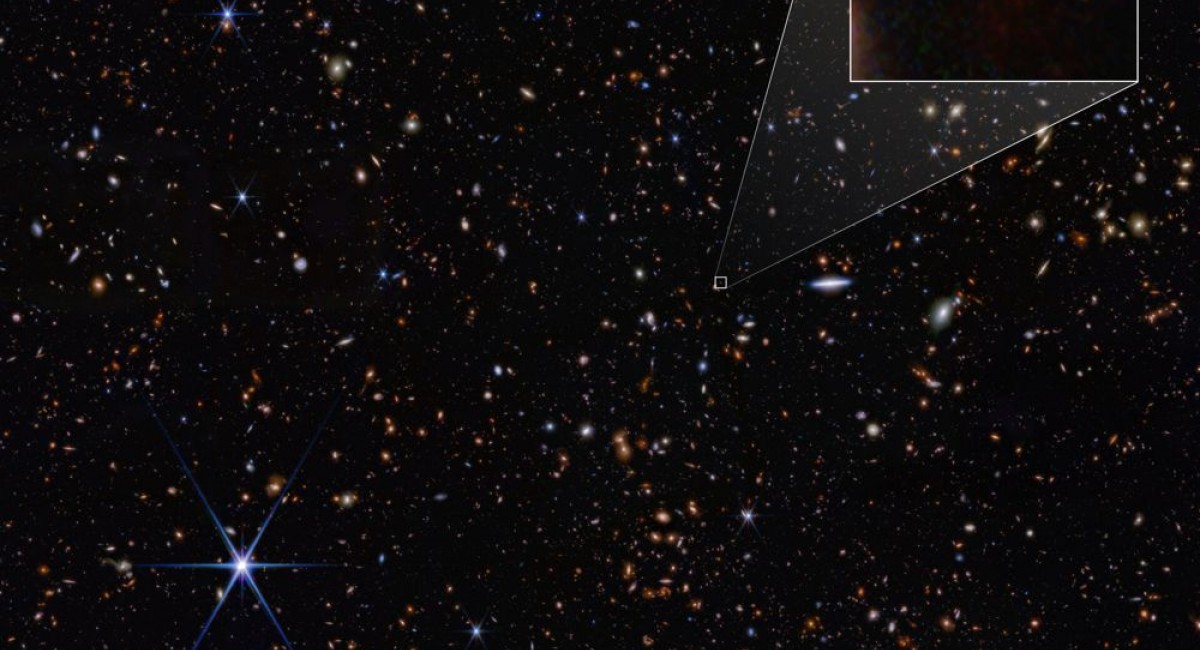SEARCH
James Webb Space Telescope finds the most distant galaxy ever observed

SHARE IT
Scientists used the NASA/ESA/CSA James Webb Space Telescope to discover a record-breaking galaxy only 290 million years after the Big Bang.
Over the last two years, scientists have utilized the NASA/ESA/CSA James Webb Space Telescope to examine what astronomers refer to as cosmic dawn - the era in the first few hundred million years following the Big Bang when the first galaxies were formed. These galaxies shed light on how the gas, stars, and black holes evolved when the Universe was very young. In October 2023 and January 2024, a multinational team of astronomers utilized Webb to survey galaxies as part of the JWST Advanced Deep Extragalactic Survey (JADES) project.
Using Webb's NIRSpec (Near-Infrared Spectrograph), scientists discovered a spectrum of a record-breaking galaxy observed only two hundred and nine million years after the Big Bang. This corresponds to a redshift of approximately 14, which is a measure of how far a galaxy's light is stretched by the expansion of the Universe.
This infrared image was taken using Webb's NIRCam (Near-Infrared Camera) as part of the JADES program. The NIRCam data was used to select which galaxies to investigate further using spectroscopic measurements. One such galaxy, JADES-GS-z14-0 (shown in the picture), was found to have a redshift of 14.32 (+0.08/-0.20), making it the most distant known galaxy. This equates to fewer than 300 million years since the Big Bang.
The background image shows light at 0.9, 1.15, and 1.5 microns (filters F090W + F115W + F150W), 2.0 and 2.77 microns (F200W + F277W), and 3.56, 4.1, and 4.44 microns (F356W + F410M + F444W). The pullout image displays light at 0.9 and 1.15 microns (F090W + F115W) as blue, 1.5 and 2.0 microns (F150W + F200W) as green, and 2.77 microns (F277W) as red.
The results were obtained by spectroscopic observations from GTO 1287 and MIRI data from GTO 1180.
MORE NEWS FOR YOU

 Help & Support
Help & Support 

